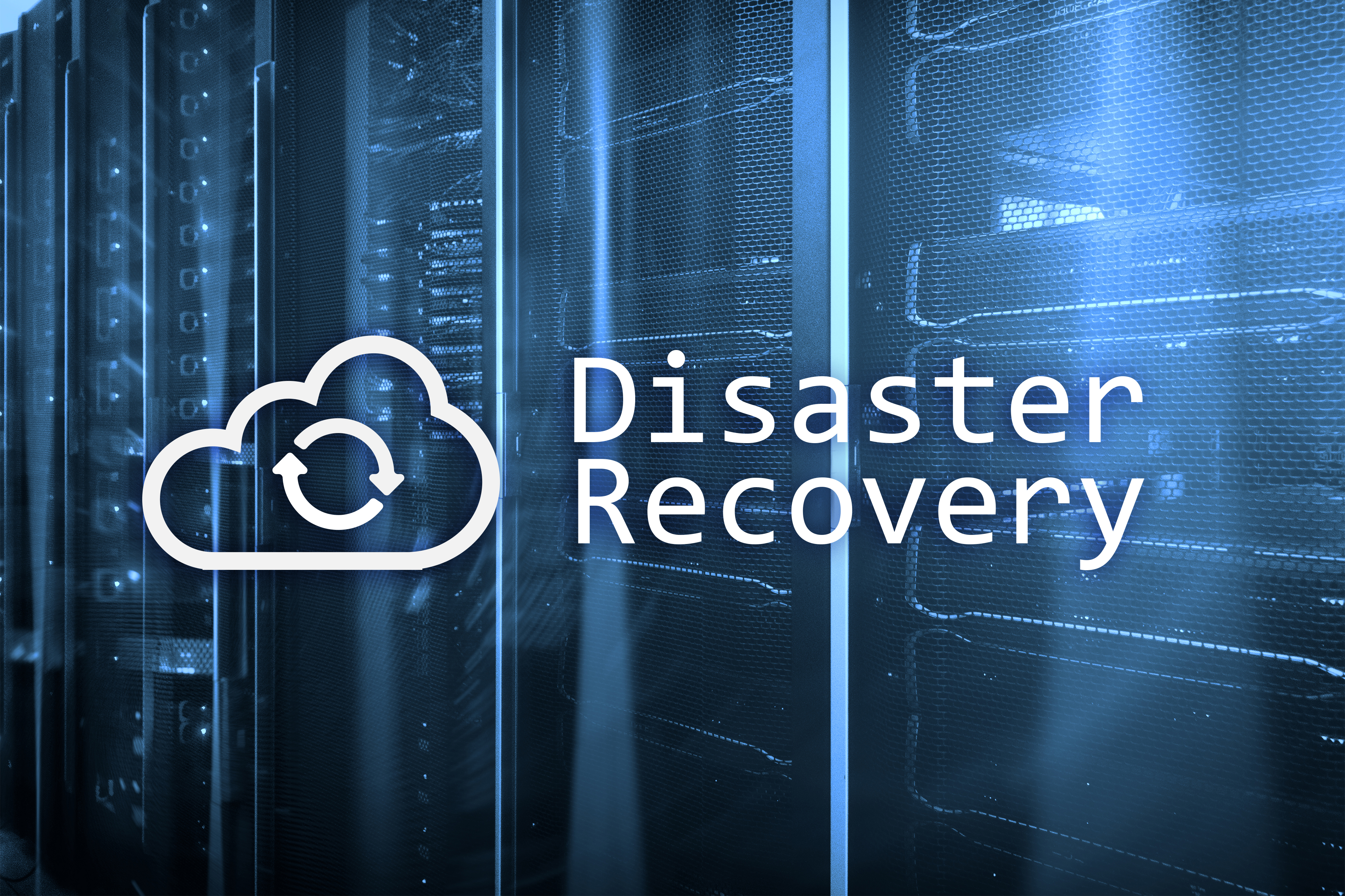
Disaster recovery is a process that businesses go through in order to properly respond to disruptive occurrences such as natural disasters, power outages, or cyberattacks. This process typically involves a disaster recovery plan, which is formal documentation that outlines roles, policies, procedures, and resource allocation if a disruption were to occur, and that company leaders are able to respond with the appropriate actions.
Why Does a Company Need a Disaster Recovery Plan?
The goal of a disaster recovery plan is to provide businesses with a way to minimize the effects of a disaster and return to normal operations as quickly as possible. Here are some of the top reasons why companies can be proactive by implementing a disaster recovery plan.
Minimize Data Loss
A primary reason companies should prioritize disaster recovery is to prevent the permanent loss of important company data. Data loss can occur for several reasons, such as hackers infiltrating company systems through phishing. All it takes is a company employee to open an unverified link or phishing email. Additionally, physical damage to company property, such as a storm or flood, can lead to data loss if important files aren’t backed up properly.
Maintain Normal Operations
Aside from data loss, a disruptive occurrence can hinder a company’s ability to maintain normal productivity and operations. Here are some examples of how disasters can result in loss of productivity.
- Flooding can shut down roads to onsite company locations for days or weeks at a time.
- Major storm power outages mean companies can’t carry out day-to-day functions.
- Partial building damage from fires or earthquakes prevents on-site work until necessary repairs are made.
- Data loss can lead to prolonged downtime while infrastructure is being patched up.Having a disaster recovery plan can keep these losses as minimal as possible.
Protect Business Reputation
The loss of data or confidential information, particularly financial information, can result in lawsuits and damage company reputation. Customers will easily lose confidence in a company’s ability to keep their data safe and secure if a breach occurs, and any interruption to normal service may frustrate customers and lead them to seek alternatives. If businesses can’t offer “business as usual” then they very well may look to a competitor who can.
Disaster Recovery Plan Components
Building a comprehensive disaster recovery plan is a process that requires attention to detail. Here are some of the components that make up the development of a disaster recovery plan.
Risk Management – Identify, assess, and control any threats to a company’s normal productivity and bottom line.
Identify Crucial Business Processes – Taking stock of all business functions to assess which processes are most essential and those that may be less essential.
Coordinating with Vendors – Third-party vendors must be involved in order to proactively ensure disaster preparedness
Testing and Communication – Disaster recovery plans need to be tested and revised as needed. Plans need to be communicated across the organization as well to be successfully executed.
Creating and implementing a disaster recovery plan can be a complex process, but a necessary one. Here at Cloudsmart, we understand the value and importance of our customer’s data. We have solutions to ensure your mean time to recovery is reduced in the event of catastrophic failures, and that your organization is protected when disaster strikes. Call Cloudsmart today to learn more about our disaster recovery and business continuity solutions.
{{cta(‘6fa6867a-6dd9-4f40-821f-98b9c14b3115’)}}
